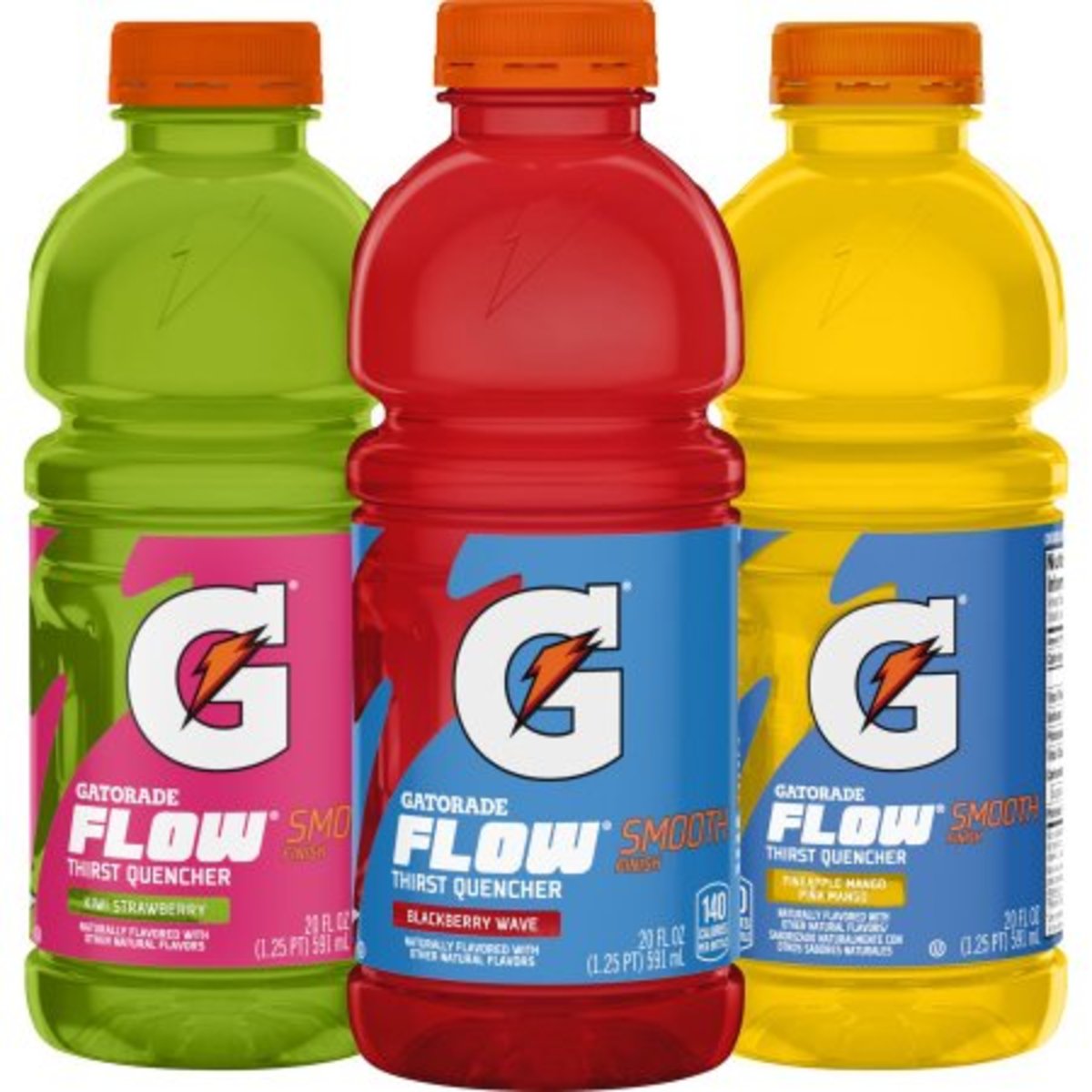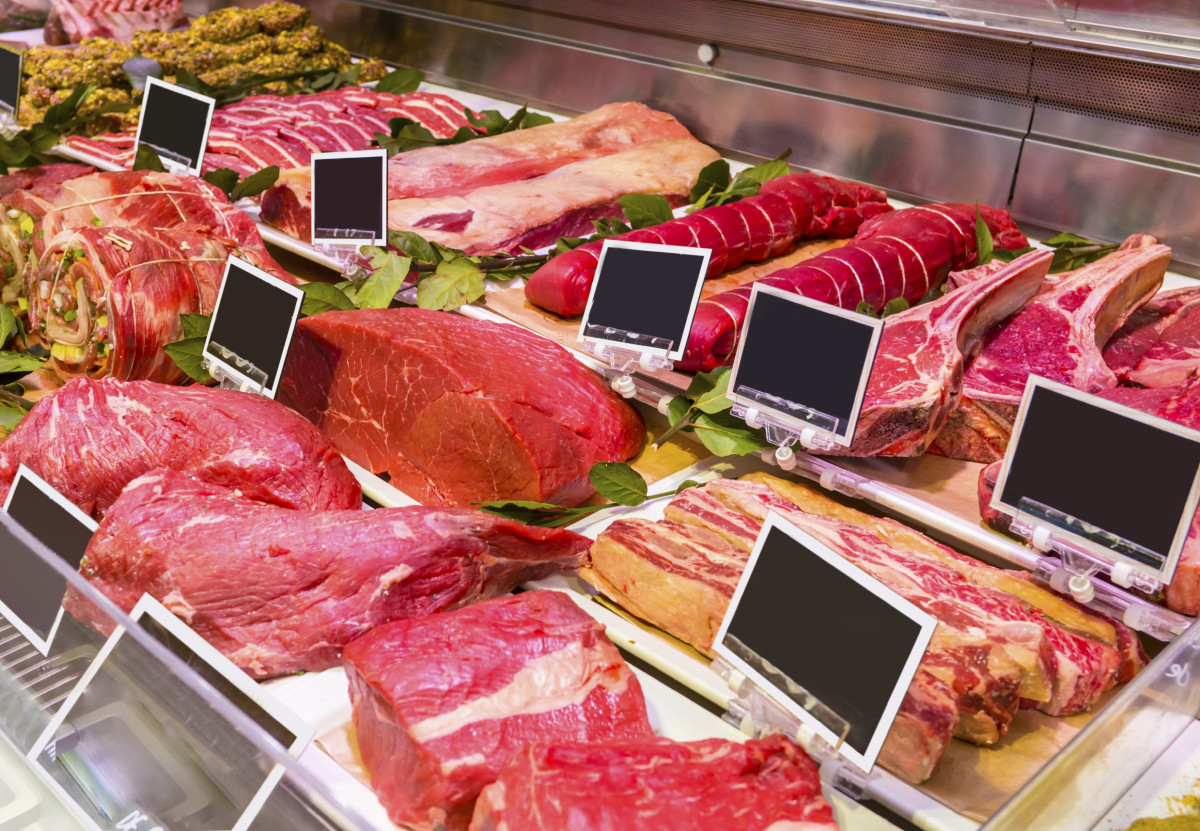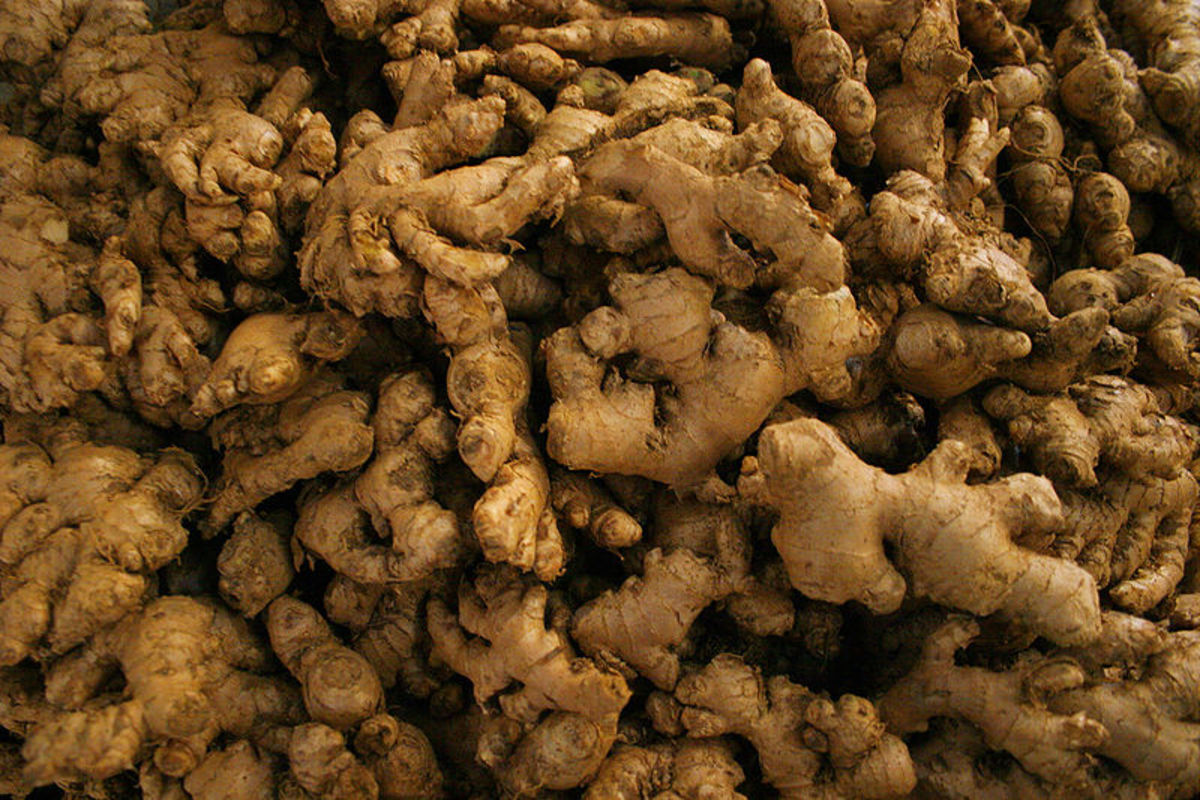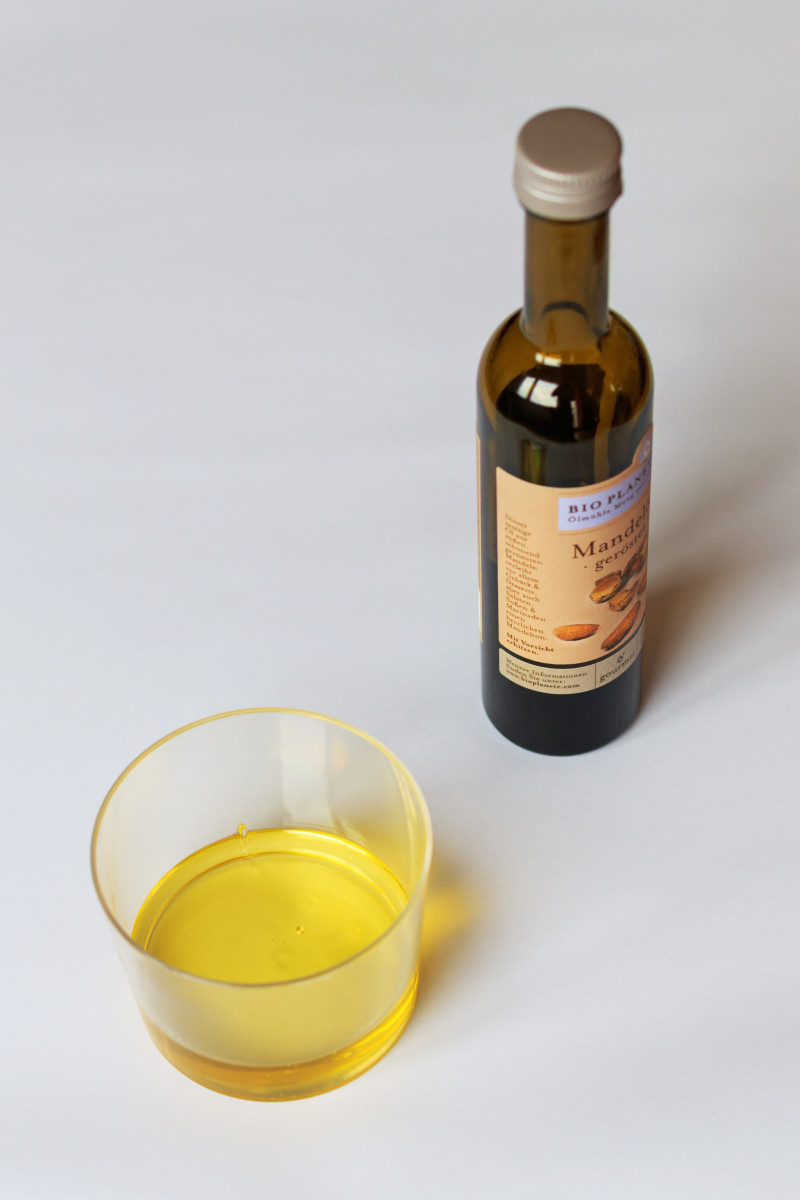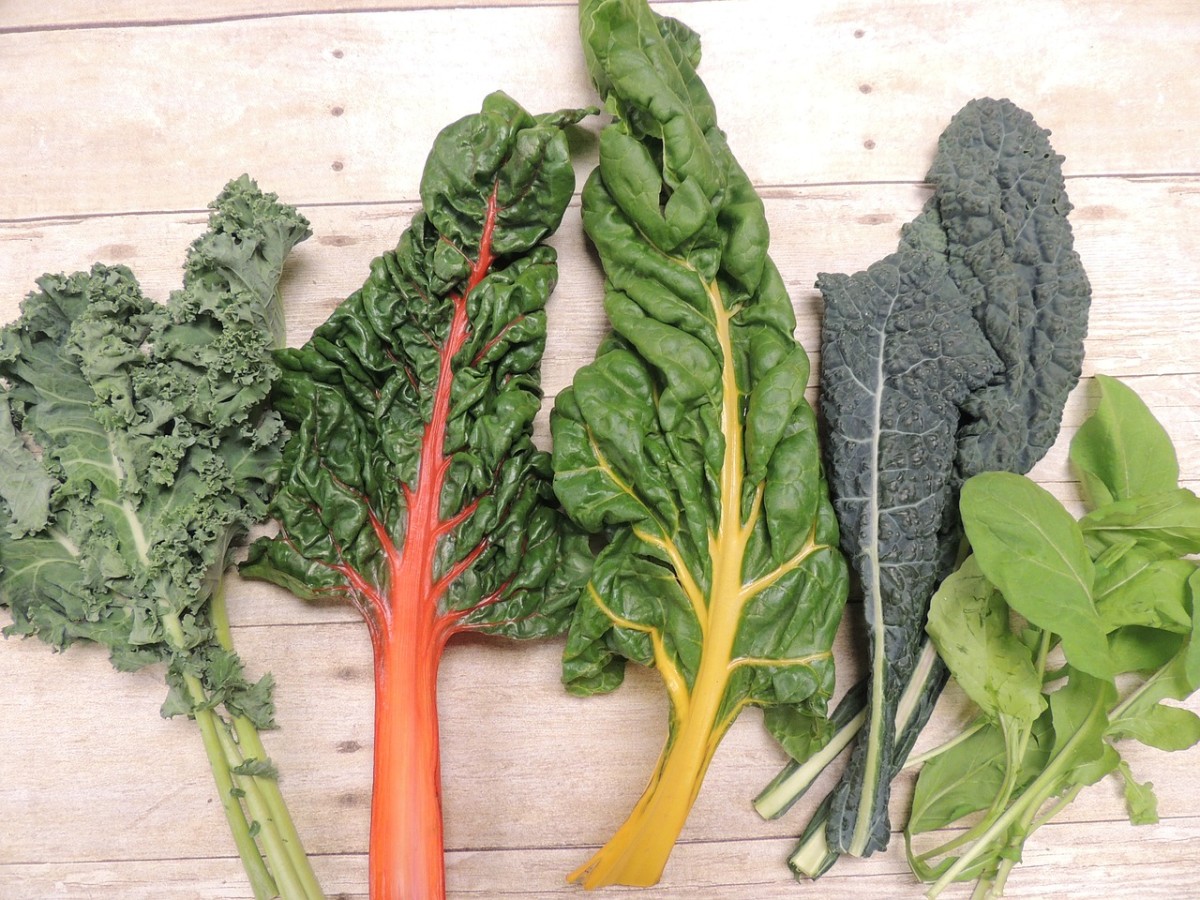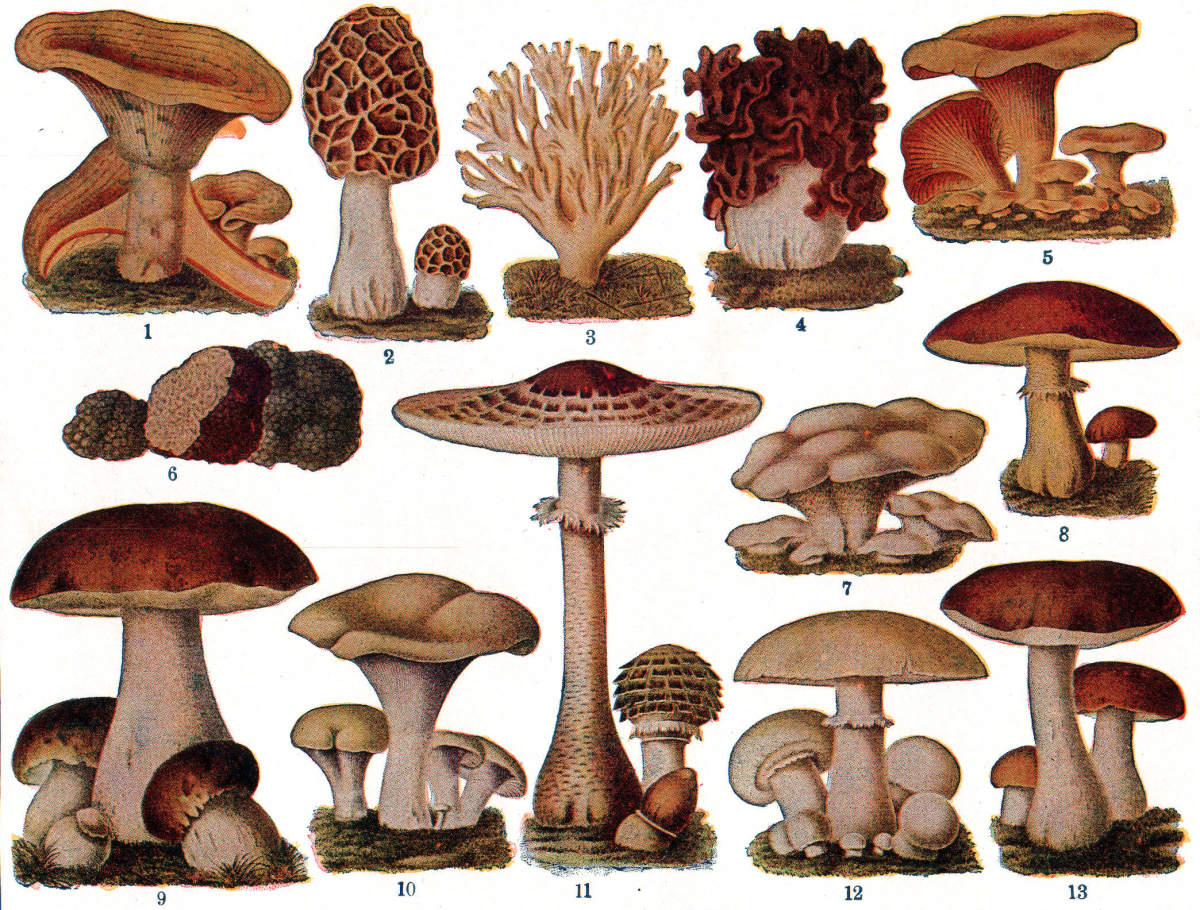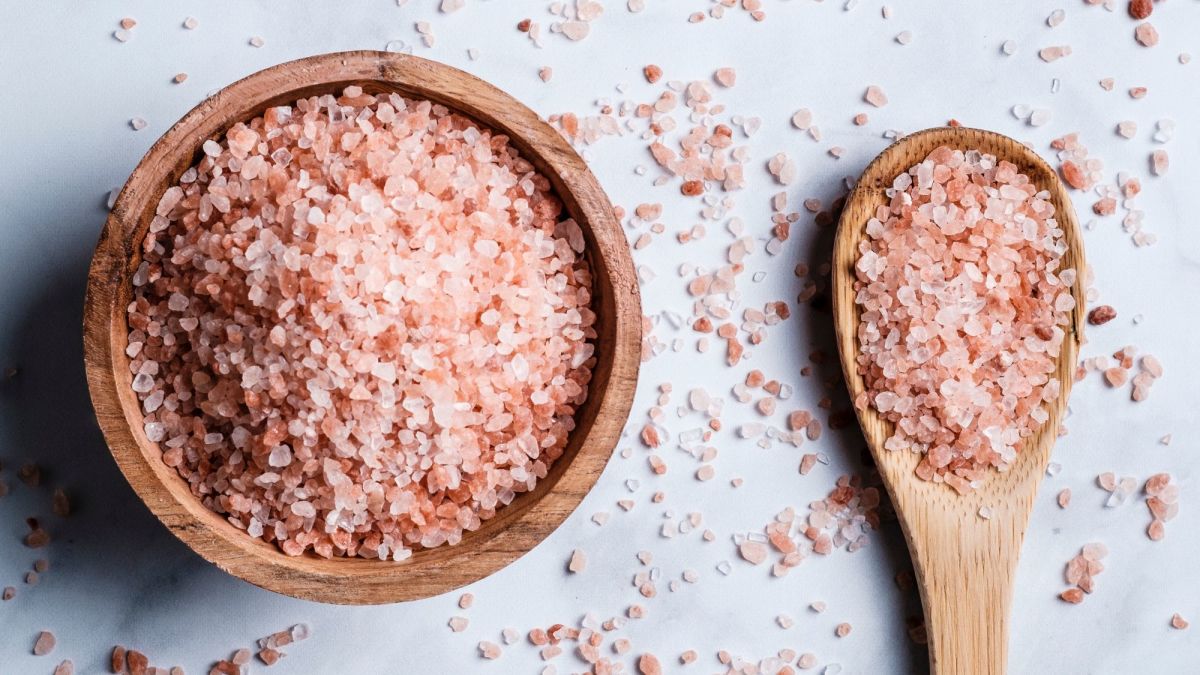Top 10 Foods and Drinks High in Sugar to Restrict to Help Prevent Weight Gain, Type II Diabetes and Hyperglycemia
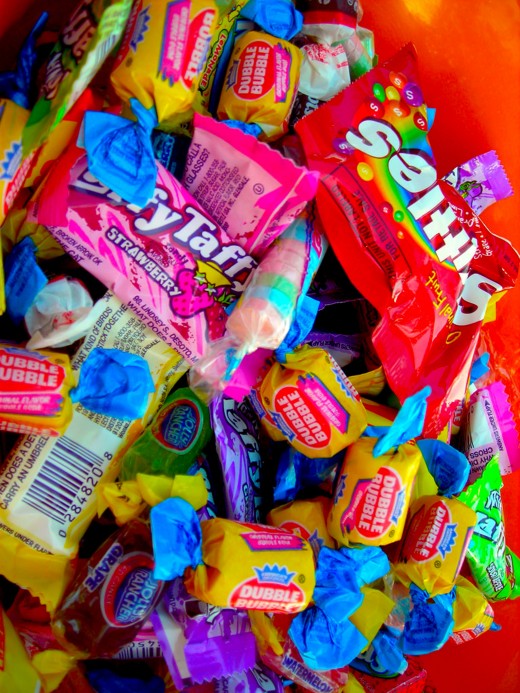
10. Cookies
In 1 ounce (28 grams) of sugar cookies, there are 134 calories, 6 grams of total fat, 2 grams of saturated fat, 14 milligrams of cholesterol, 100 milligrams of sodium, 19 grams of total carbohydrates, 11 grams of sugar and 1 gram of protein. For vitamins, there is 25.2 IU of vitamin A (1% of daily value), 2.4 micrograms of vitamin K (3% of daily value), .1 milligrams of thiamin (4% of daily value), .1 milligrams of riboflavin (4% of daily value), .8 milligrams of niacin0.8 (4% of daily value), 14.8 micrograms of folate (4% of daily value), .1 milligrams of vitamin B12 (1% of daily value), .1 milligrams of pantothenic acid (1% of daily value) and 8.2 milligrams of choline.
For minerals, there are 5.9 milligrams of calcium (1% of daily value), .6 milligrams of iron (3% of daily value), 3.4 milligrams of magnesium (1% of daily value), 22.4 milligrams of phosphorus (2% of daily value), 17.6 milligrams of potassium (1% of daily value), .1 milligrams of zinc (1% of daily value) and .6 micrograms of selenium (1% of daily value). For fatty acids, there are 40.1 milligrams of omega-3 fatty acids and 700 milligrams of omega-6 fatty acids per serving size.

9. Children Cereals
In 1 cup (30 grams) of Kellogg's Fruit Loops, there are 118 calories, 1 gram of total fat, 1 gram of saturated fat, 141 milligrams of sodium, 26 grams of total carbohydrates, 1 gram of dietary fiber, 13 grams of sugar and 1 gram of protein. For vitamins, there is 483 IU of vitamin A (10% of daily value), 14.1 milligrams of vitamin C (23% of daily value), 37.5 IU of vitamin D (9% of daily value), .4 milligrams of thiamin (24% of daily value), .4 milligrams of riboflavin (23% of daily value), 4.7 milligrams of niacin (23% of daily value), .5 milligrams of vitamin B6 (24% of daily value), 93.9 micrograms of folate (23% of daily value), 1.4 micrograms of vitamin B12 (23% of daily value), .1 milligrams of pantothenic acid (1% of daily value) and 3.2 milligrams of choline.
For minerals, there are 23.4 milligrams of calcium (2% of daily value), 4.2 milligrams of iron (24% of daily value), 6.9 milligrams of magnesium (2% of daily value), 19.2 milligrams of phosphorus (2% of daily value), 32.7 milligrams of potassium (1% of daily value), 1.4 milligrams of zinc (9% of daily value), .2 milligrams of manganese (8% of daily value) and 1.8 micrograms of selenium (3% of daily value). For fatty acids, there are 17.4 milligrams of omega-3 fatty acids and 343 milligrams of omega-6 fatty acids per serving size. Aside from Fruit Loops, Trix, Fruity Pebbles, Apple Jacks, Honey Smacks and Cap'n Crunch contain a lot of sugar.
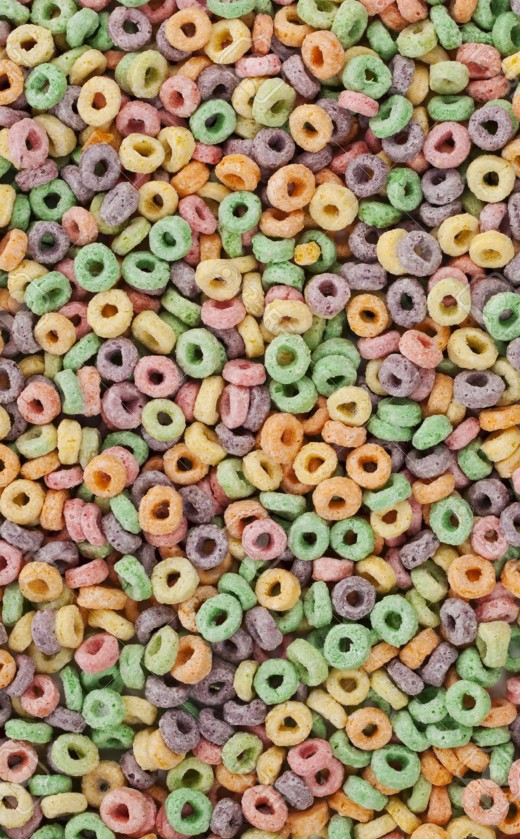
8. Candy
Candy bars, such as Snickers, Milky Ways, Hersey Bars, Almond Joys and Twix bars, are loaded with sugar. In 1 oz. (28 grams) of dark chocolate, there are 153 calories, 9 grams of total fat, 5 grams of saturated fat, 2 milligrams of cholesterol, 6 milligrams of sodium, 17 grams of total carbohydrates, 2 grams of dietary fiber, 13 grams of sugar and 1 gram of protein. For vitamins, there is 13.7 IU of vitamin A (0% of daily value), 2.2 micrograms of vitamin K (3% of daily value), .2 milligrams of niacin (1% of daily value), .1 microgram of vitamin B12 (1% of daily value) and .1 milligrams of pantothenic acid (1% of daily value).
For minerals, there are 16 milligrams of calcium (2% of daily value), 2.3 milligrams of iron (13% of daily value), 42.6 milligrams of magnesium (11% of daily value), 59.9 milligrams of phosphorus (6% of daily value), 159 milligrams of potassium (5% of daily value), .6 milligrams of zinc (4% of daily value), .3 milligrams of copper (15% of daily value), .4 milligrams of manganese (20% of daily value) and 1 microgram of selenium (1% of daily value). For fatty acids, there are 23.5 milligrams of omega-3 fatty acids and 284 milligrams of omega-6 fatty acids per serving. There is also 144 milligrams of theobromine per serving.
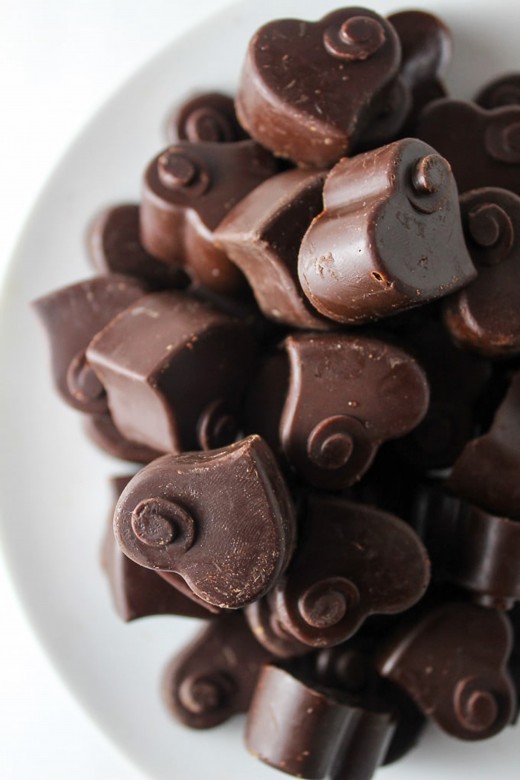
7. Ice Cream
In 58 grams (3.5 fl. oz.) of chocolate ice cream, there are 125 calories, 6 grams of total fat, 4 grams of saturated fat, 20 milligrams of cholesterol, 44 milligrams of sodium, 16 grams of total carbohydrates, 1 gram of dietary fiber, 15 grams of sugar and 2 grams of protein. For vitamins, there is 241 IU of vitamin A (5% of daily value), .4 milligrams of vitamin C (1% of daily value), .2 milligrams of vitamin E (1% of daily value), .1 milligrams of riboflavin (7% of daily value), .1 milligrams of niacin (1% of daily value), 9.3 micrograms of folate (2% of daily value), .2 micrograms of vitamin B12 (3% of daily value), .3 milligrams of pantothenic acid (3% of daily value),13 milligrams of choline and .3 milligrams of betaine.
For minerals, there are 63.2 milligrams of calcium (6% of daily value), .5 milligrams of iron (3% of daily value), 16.8 milligrams of magnesium (4% of daily value), 62.1 milligrams of phosphorus (6% of daily value), 144 milligrams of potassium (4% of daily value), .3 milligrams of zinc (2% of daily value), .1 milligrams of copper (4% of daily value), .1 milligrams of manganese (4% of daily value), 1.5 micrograms of selenium (2% of daily value) and 13.2 micrograms of fluoride. For cobalt, there are .0359 micrograms per serving size. For fatty acids, there are 87 milligrams of the omega-3 fatty acids and 145 milligrams of the omega-6 fatty acids per serving. There is also 36 milligrams of theobromine per serving.
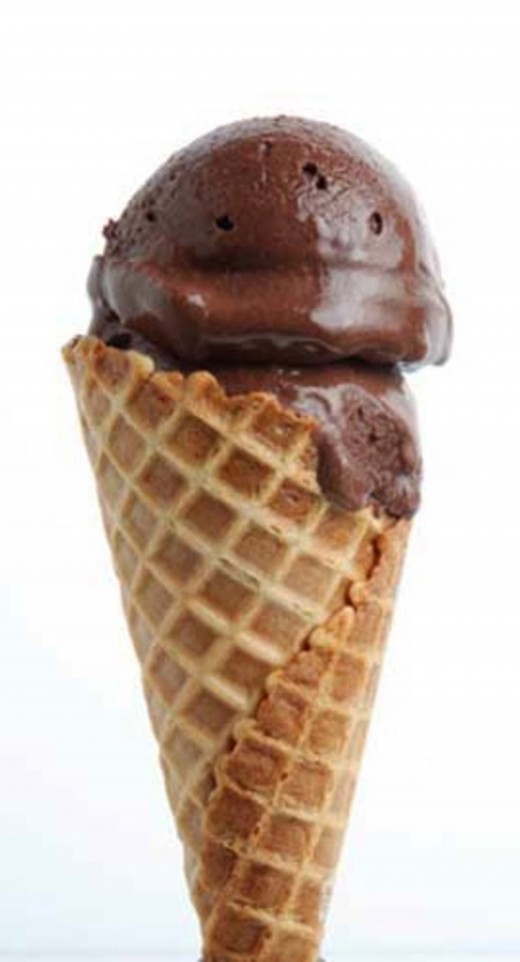
6. Doughnuts
In 1 whole doughnut (60 grams), there are 250 calories, 12 grams of total fat, 3 grams of saturated fat, 4 grams of trans fat, 34 milligrams of cholesterol, 204 milligrams of sodium, 34 grams of total carbohydrates, 1 gram of dietary fiber, 19 grams of sugar and 1 gram of protein. For vitamins, there is 23.4 IU of vitamin A (0% of daily value), .1 milligrams of vitamin E (1% of daily value), 5.9 micrograms of vitamin K (7% of daily value), .3 milligrams of niacin (1% of daily value), 27 micrograms of folate (7% of daily value), .1 micrograms of vitamin B12 (1% of daily value), .2 milligrams of pantothenic acid (2% of daily value) and 17.5 milligrams of choline.
For minerals, there are 128 milligrams of calcium (13% of daily value), 1.4 milligrams of iron (8% of daily value), 20.4 milligrams of magnesium (5% of daily value), 97.2 milligrams of phosphorus (10% of daily value), 63.6 milligrams of potassium (2% of daily value), .3 milligrams of zinc (2% of daily value), .1 milligrams of copper (6% of daily value), .2 milligrams of manganese (11% of daily value) and 2.5 micrograms of selenium (4% of daily value). For fatty acids, there are 76.2 milligrams of omega-3 fatty acids and 1,406 milligrams of omega-6 fatty acids per serving size.
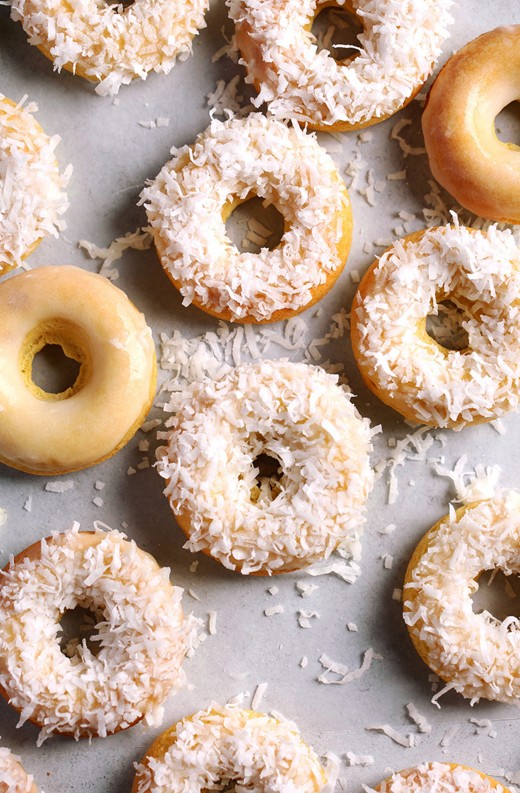
5. Cake
In 1 piece (1/6 of 17 ounce cake, 80 grams) of cheese cake, there are 257 calories, 18 grams of fat, 8 grams of saturated fat, 44 milligrams of cholesterol, 166 milligrams of sodium, 20 grams of total carbohydrates, 25 grams of sugar and 4 grams of protein. For vitamins, there is 438 IU of vitamin A (9% of daily value), .3 milligrams of vitamin C (1% of daily value), .2 milligrams of riboflavin (9% of daily value), .2 milligrams of niacin (1% of daily value), 14.4 micrograms of folate (4% of daily value), .1 micrograms of vitamin B12 (2% of daily value) and .5 milligrams of pantothenic acid (5% of daily value).
For minerals, there are 40.8 milligrams of calcium (4% of daily value), .5 milligrams of iron (3% of daily value), 8.8 milligrams of magnesium (2% of daily value), 74.4 milligrams of phosphorus (7% of daily value), 72 milligrams of potassium (2% of daily value), .4 milligrams of zinc (3% of daily value), .1 milligrams of manganese (6% of daily value) and 4.2 micrograms of selenium (6% of daily value). For fatty acids, there are 182 milligrams of omega-3 fatty acids and 1,091 milligrams of omega-6 fatty acids per serving size.

4. Energy Drinks
In 1 8.3 fl. oz. can (255 grams) of Red Bull, there are 115 calories, 214 milligrams of sodium, 28 grams of total carbohydrates, 26 grams of sugar and 1 gram of protein. For vitamins, there are .1 milligrams of thiamin (4% of daily value), 1.5 milligrams of riboflavin (86% of daily value), 21.7 milligrams of niacin (108% of daily value), 2.1 milligrams of vitamin B6 (106% of daily value), 4.5 micrograms of vitamin B12 (74% of daily value), 3.6 milligrams of pantothenic acid (36% of daily value) and .8 milligrams of choline.
For minerals, there are 33.2 milligrams of calcium (3% of daily value), .1 milligrams of iron (0% of daily value), 7.7 milligrams of magnesium (2% of daily value), 7.7 milligrams of potassium (0% of daily value) and .5 micrograms of selenium (1% of daily value). There are no fatty acids in Red Bull. There are also 76.5 milligrams of caffeine in each 8.3 fl. oz. can of Red Bull. Monster Energy drinks also contain a lot of sugar.
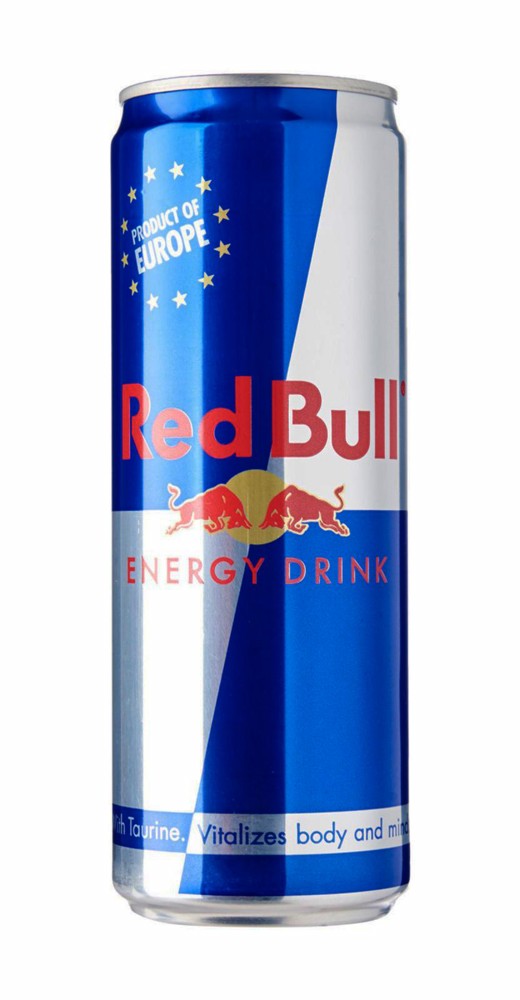
3. Juice Drinks
Orange juice, cranberry juice, grape juice, Capri Sun drinks, Sunny Delight drinks, and Kool-Aid all contain sugar. In 1 cup (248 grams) of orange juice, there are 112 calories, 2 milligrams of sodium, 26 grams of total carbohydrates, 26 grams of sugar and 2 grams of protein. For vitamins, there is 496 IU of vitamin A (10% of daily value), 124 milligrams of vitamin C (207% of daily value), .2 milligrams of thiamin (15% of daily value), .1 milligrams of riboflavin (4% of daily value), 1 milligram of niacin (5% of daily value), .1 milligrams of vitamin B6 (5% of daily value), 74.4 micrograms of folate (19% of daily value), .5 milligrams of pantothenic acid (5% of daily value) and 15.4 milligrams of choline.
For minerals, there are 27.3 milligrams of calcium (3% of daily value), .5 milligrams of iron (3% of daily value), 27.3 milligrams of magnesium (7% of daily value), 42.2 milligrams of phosphorus (4% of daily value), 496 milligrams of potassium (14% of daily value), .1 milligrams of zinc (1% of daily value), .1 milligrams of copper (5% of daily value) and .2 micrograms of selenium (0% of daily value). For fatty acids, there are 27.3 milligrams of omega-3 fatty acids and 71.9 milligrams of omega-6 fatty acids per serving size. Drinks made from natural fruit juices, which contain vitamins and minerals, are the healthier options. Orange juice and cranberry juice are good sources of vitamin C.
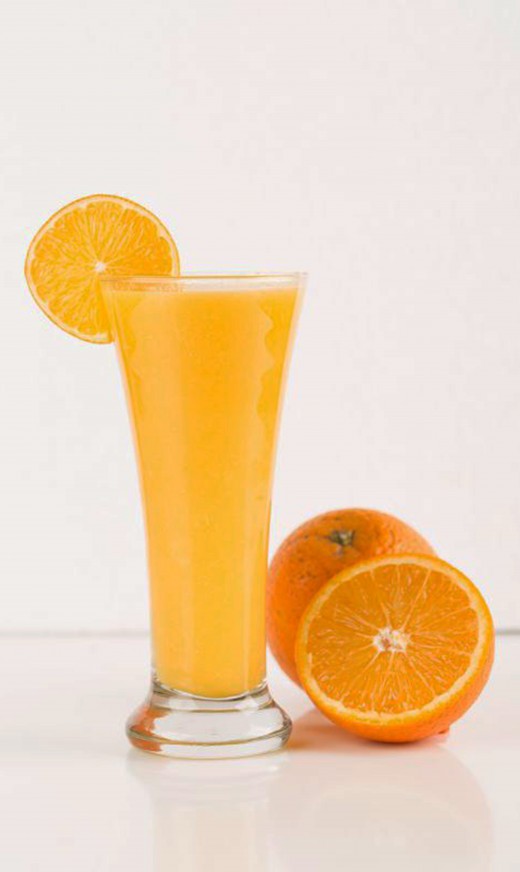
2. Frozen Yogurt
Banana, vanilla, chocolate, strawberry, raspberry, cotton candy and other flavors of frozen yogurt are all high in sugar. In 1 cup (174 grams) of chocolate frozen yogurt, there are 221 calories, 6 grams of total fat, 4 grams of saturated fat, 23 milligrams of cholesterol, 110 milligrams of sodium, 40 grams of total carbohydrates, 2 grams of dietary fiber, 37 grams of sugar and 5 grams of protein. For vitamins, there is 237 IU of vitamin A (5% of daily value), .2 milligrams of vitamin E (1% of daily value), .5 micrograms of vitamin K (1% of daily value), .1 milligrams of thiamin (5% of daily value), .3 milligrams of riboflavin (18% of daily value), .2 milligrams of niacin (1% of daily value), .1 milligrams of vitamin B6 (3% of daily value), 20.9 micrograms of folate (5% of daily value), .1 micrograms of vitamin B12 (2% of daily value) and 24.5 milligrams of choline.
For minerals, there are 174 milligrams of calcium (17% of daily value), .8 milligrams of iron (4% of daily value), 43.5 milligrams of magnesium (11% of daily value), 155 milligrams of phosphorus (15% of daily value), 407 milligrams of potassium (12% of daily value), .5 milligrams of zinc (3% of daily value), .1 milligrams of copper (5% of daily value), 3.3 micrograms of selenium (5% of daily value) and 69.6 micrograms of fluoride. For fatty acids, there are 50.5 milligrams of omega-3 fatty acids and 127 milligrams of omega-6 fatty acids per serving. There is also 184 milligrams of theobromine in each serving size.
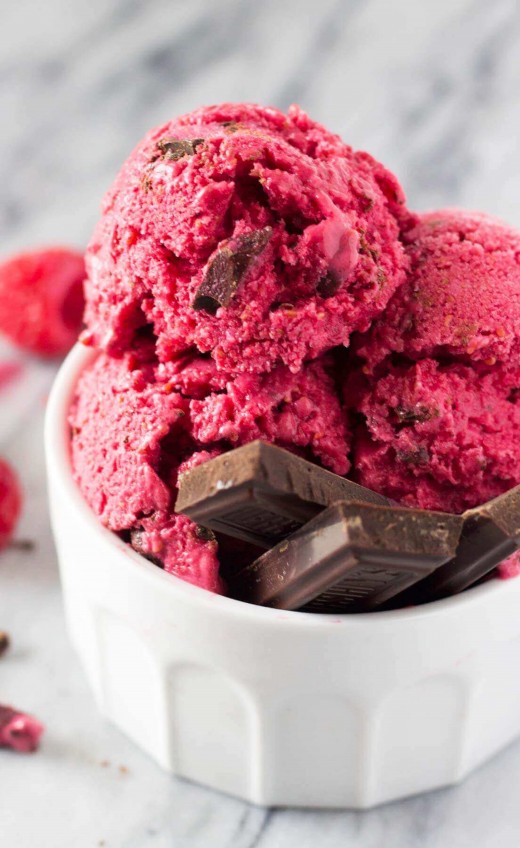
1. Soda
In 1 can (12 fl. ounces, 368 grams) of Coca Cola soda, there are 136 calories, 15 milligrams of sodium, 35 grams of total carbohydrates and 39 grams of sugar. For vitamins, there are 1.1 milligrams of choline and .4 milligrams of betaine. For minerals, there are 7.4 milligrams of calcium (1% of daily value), .4 milligrams of iron (2% of daily value), 36.8 milligrams of phosphorus (4% of daily value), .4 micrograms of selenium (1% of daily value) and 210 micrograms of fluoride. There are no fatty acids in canned soda. There are also 29.4 milligrams of caffeine per can.
In conclusion, soda, juice drinks, doughnuts, cake, cookies, children cereals, energy drinks, frozen yogurt, ice cream and candy are all high in sugar. Other notable foods and drinks high in sugar include weight gain powders, protein bars, sports drinks, chocolate milk, strawberry milk, ketchup, barbecue sauces, salsas, biscuits, sweetened ice tea, Danish pastries, bread, granola bars, canned beans, regular yogurt, canned fruit, dried fruit, tomato sauces, frozen pizzas, regular milk, and pure sugar packages and packets. There is no Recommended Daily Allowance (RDA) for sugar. However, according to the World Health Organization, studies show that individuals should limit their daily sugar intake to between 25 grams and 40 grams.
Between 5% and 10% of an individual's total calorie intake should come from sugar. If people are consuming more than 10% of their total calories from high sugary foods, they should cut back on it. Skipping meals and not eating enough nutritious foods each day can lower blood sugar levels, but this is not the right way to do it. Symptoms of low blood sugar include changes in mood, shaking, lightheadedness, dizziness, anxiety, abnormal brain function, hunger, head aches and blurred vision. Excessive thirst, headaches, weight loss, fatigue and hyper activity are common symptoms of high sugar consumption. Too much sugar is linked to weight gain, which can also cause type II diabetes with an unhealthy body-weight. Furthermore, diets high in sugar will result in higher blood sugar levels in general and hyperglycemia.
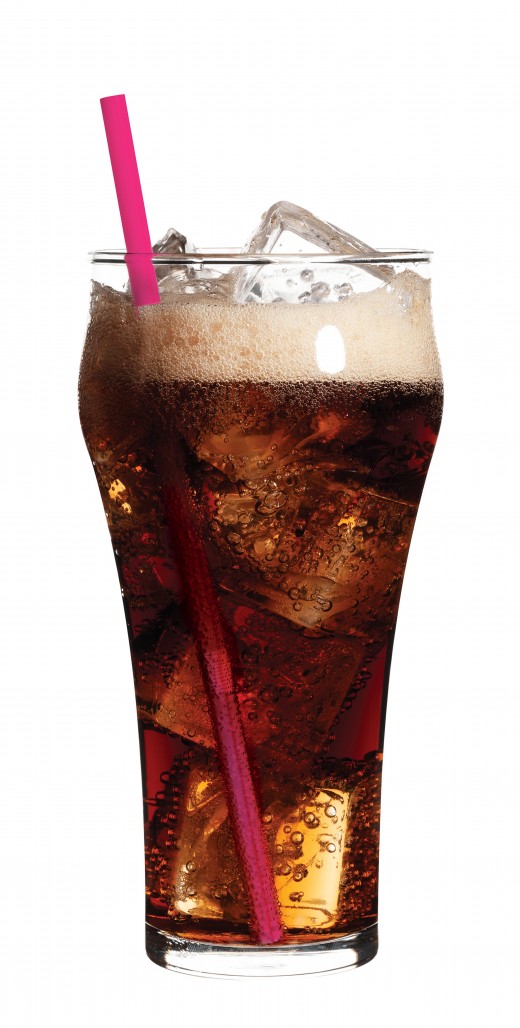
References
Bauer, J. (2005). The complete idiot's guide to total nutrition (4th ed.). New York, New York: Penguin Group.
Berkoff, N. (2008). Nutrition basics: study unit. Scranton, Pennsylvania: Penn Foster, Inc.
Biagioli, B. (2012). Advanced concepts of personal training. Coral Gables, Florida: National Council on Strength & Fitness.
Keller, L. (2000). The men's health hard-body plan: the ultimate 12-week program for burning fat and building muscle. Emmaus, Pennsylvania: Rodale, Inc.
Raw nutrition facts & calories. (2014). SELFNutritionData. Retrieved from http://nutritiondata.self.com/
Personal Preferences
Which food/drink high in sugar do you struggle with to limit in your diet?
© 2018 James Foglio

